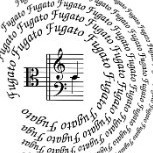Future Leica Owner: Comparing a few aspects to the TL
-
Recently Browsing 0 members
- No registered users viewing this page.
-
Similar Content
-
- 0 replies
- 162 views
-
- 5 replies
- 400 views
-
New Q3 owner
By ALScott,
- 5 replies
- 537 views
-
- 2 replies
- 350 views
-
New Q3 Owner
By Bgood,
- 18 replies
- 993 views
-



Recommended Posts
Join the conversation
You can post now and register later. If you have an account, sign in now to post with your account.
Note: Your post will require moderator approval before it will be visible.